Dundee is the city where the era of SNP dominance began.
It all started with the nationalists’ narrow council victory in 2003, quickly followed by the even more significant victory of Stewart Hosie in the then constituency of Dundee East in 2005.
Both results showed the SNP was capable of shrugging off its tartan Tory pretentions and winning over aspirational, middle class, urban voters.
Equally, those victories also suggested Scottish voters were growing weary with an out-of-touch Labour Party that too often took them for granted.
Even greater SNP success in Dundee was, of course, still to come.
In 2015, the nationalists swept the city, turning both constituencies yellow with huge majorities, following on from the SNP winning its first majority on the city council in 2012.
The pinnacle – or nadir, depending on your perspective – for the nationalists in Dundee came in 2014 when the city backed independence by a significant majority.
It was Scotland’s Yes City and the jewel in the SNP’s crown.
That, however, seems all about to change. A new MRP poll for More in Common has the nationalists heading for defeat in not just one but both of Dundee’s constituencies.
The Yes City may, in fact, be about to deliver a resounding no.
How can we explain this extraordinary volte face, particularly coming in such a short period?
‘Voters are not fools’
Labour managed to dominate Dundee for more than 50 years before voters grew tired of the party.
The Liberals similarly held sway for decades before that.
In the historical context the SNP’s period as Dundee’s overlord seems as if it could be surprisingly brief.
On current projections, even Winston Churchill will have won more elections in Dundee than the two SNP candidates combined.
The straightforward explanation for this is that voters in Dundee want to get rid of the Conservative government at Westminster and have recognised the only way to deliver that is to vote for the Labour Party.
John Swinney has, of course, tried hard to dissuade voters of this reality, arguing that the Labour Party does not, in fact, offer change.
Indeed, much of the SNP manifesto launch earlier this week was spent on trying to persuade voters that the Conservatives and Labour were interchangeable, and only the nationalists could deliver the left-of-centre politics demanded by voters in places like Dundee.
But voters are not the fools Swinney seems to take them for, and how exactly the SNP would deliver this social-democratic agenda – with a maximum of 57 seats in the House of Commons – was left noticeably unanswered.
In this respect, the SNP’s manifesto may not prove to be the longest suicide note in history, but it is certainly one of the most irrelevant.
Yet a desire to defeat the Conservative Party is only part of the reason why voters in Dundee are turning their backs on the SNP.
Indeed, the nationalists will be doing themselves a severe disservice if they try to deceive themselves this is the only reason for their current malaise.
In truth, they have fallen into the same trap that led to the Labour Party’s demise 20 years ago, failing on both their record and on their trust.
‘Infrastructure crumbling’
Following almost two decades in power at Holyrood – and many more locally – there is little positive for the SNP to fall back on.
After delivering some noticeable early improvements, delivery is now tailing off or, in most cases, declining.
Hospital waiting lists are at a record high, education standards are falling, the economy is stagnant.
Drugs deaths have sky-rocketed under the SNP’s watch and remain tragically high.
Infrastructure is crumbling and many new projects are being delayed or cancelled entirely. It is little wonder voters are frustrated.
Meanwhile, the party itself is losing the trust of voters, and too often seems to prioritise protecting its politicians over the people.
The Michael Matheson iPad scandal – and the SNP’s attempt to shield him from punishment over it – is the primary example, but there are many other recent instances of the SNP taking power for granted.
‘Rapid decline’
But, as the Labour Party learned many years ago, when you hold voters in contempt, it should come as little surprise when they do the same to you.
This is, of course, just one poll and – as politicians are so fond of telling us – there is only one poll that matters, and it comes on July 4.
But it nevertheless remains extraordinary the SNP has declined in Dundee so very quickly, and that it is now a question of when – not if – Labour will take back both of the city’s seats.
And when that moment comes, Dundee will no longer be the place where the SNP’s dominance began, but where it came to an end.
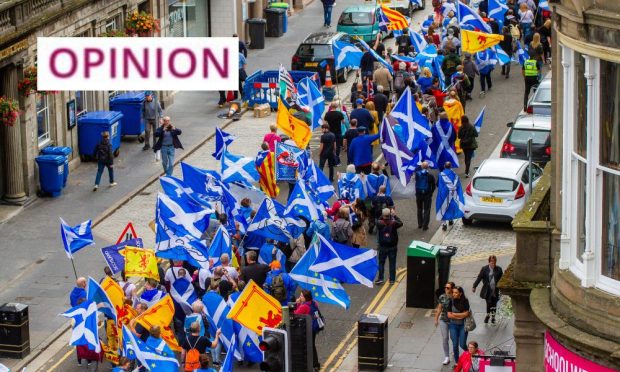
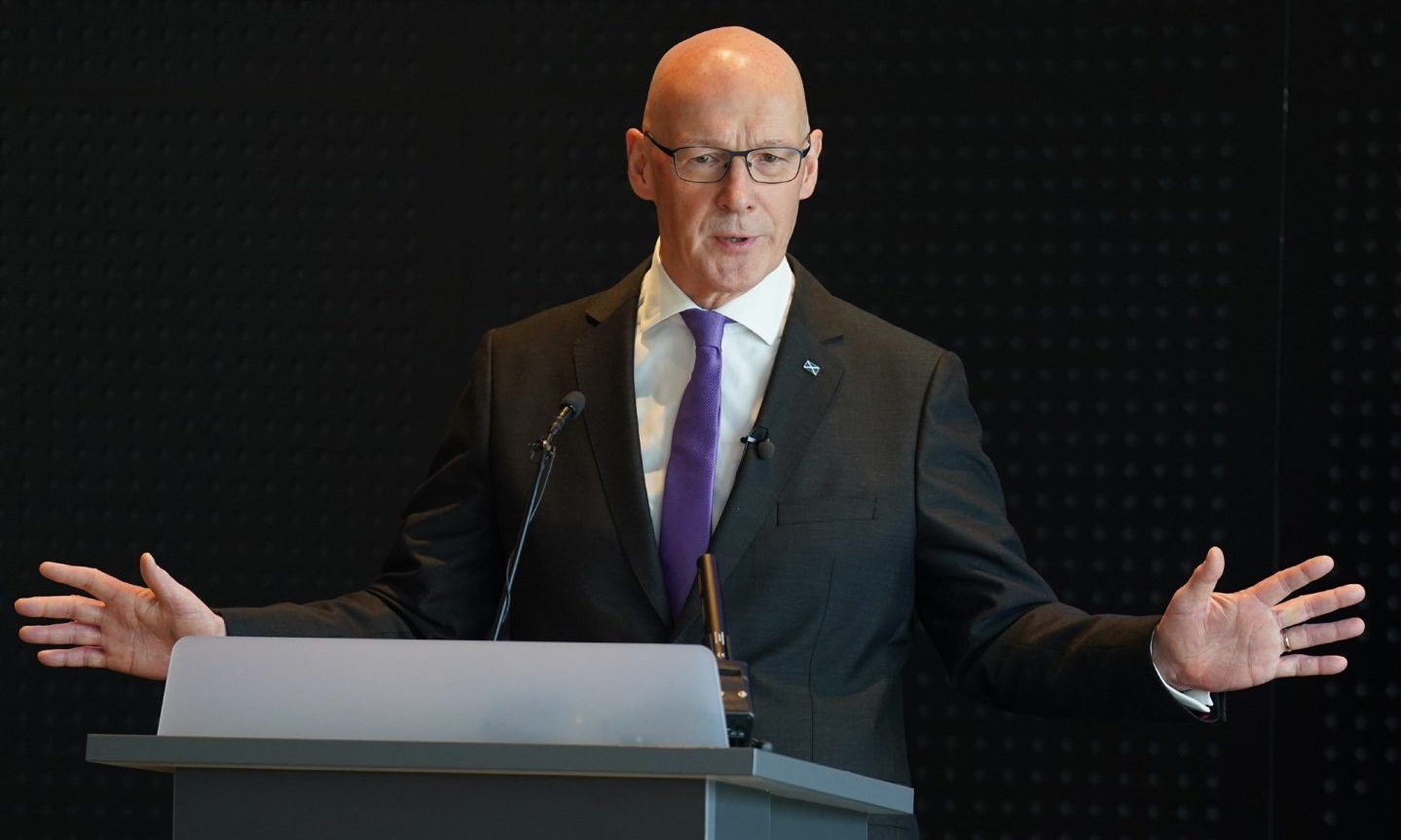
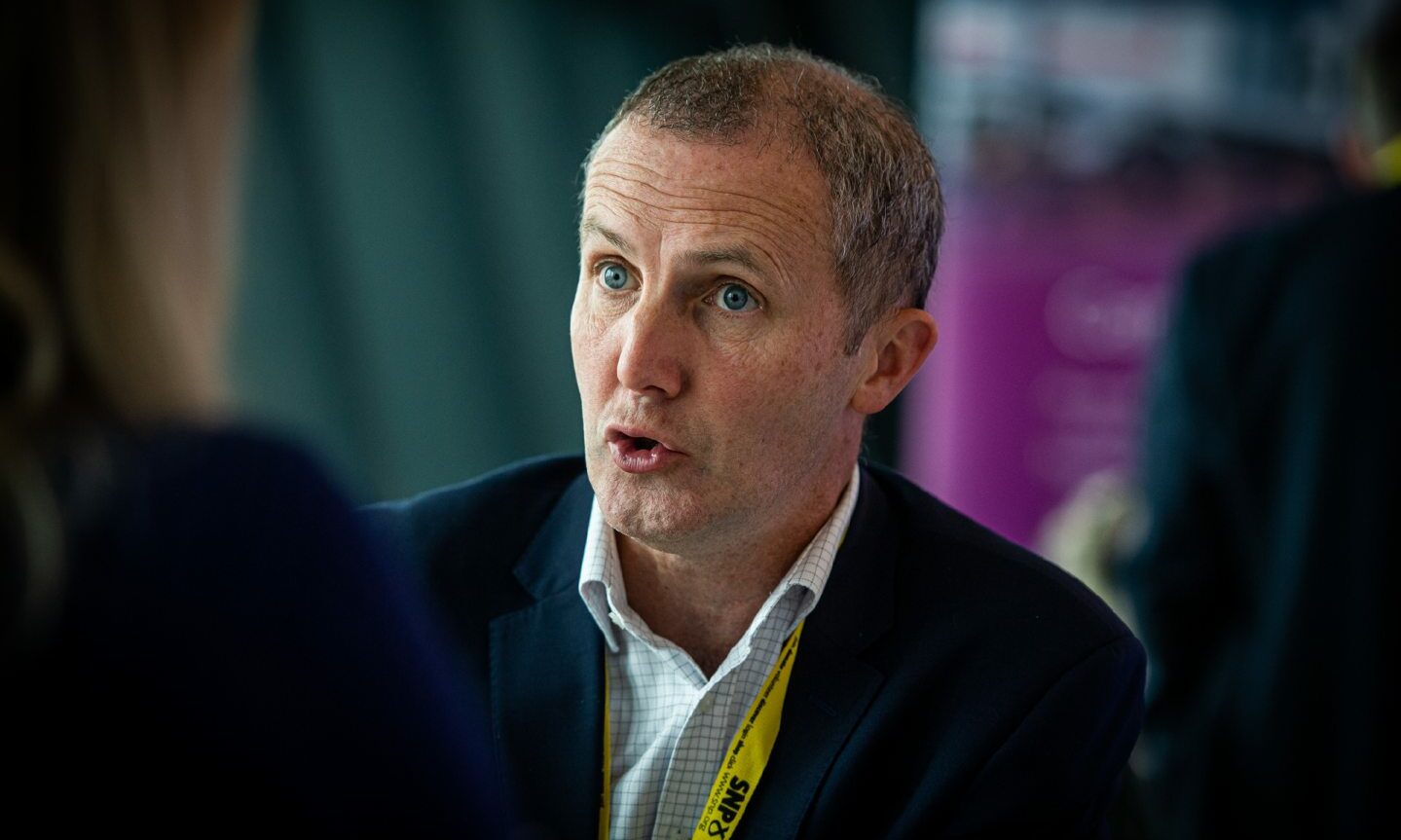
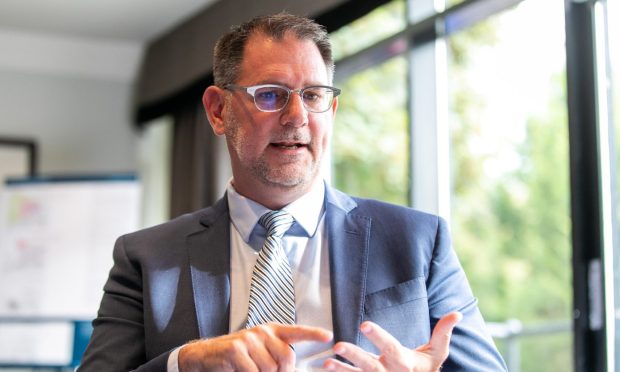
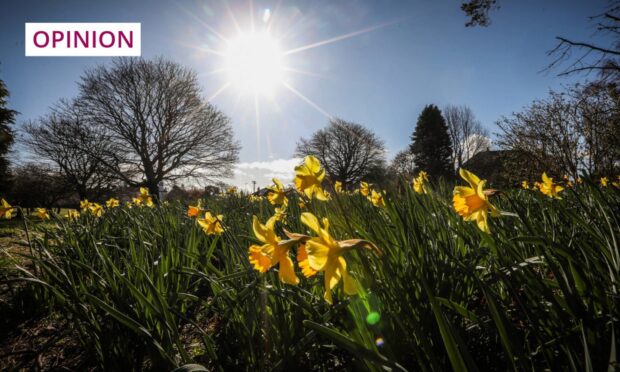
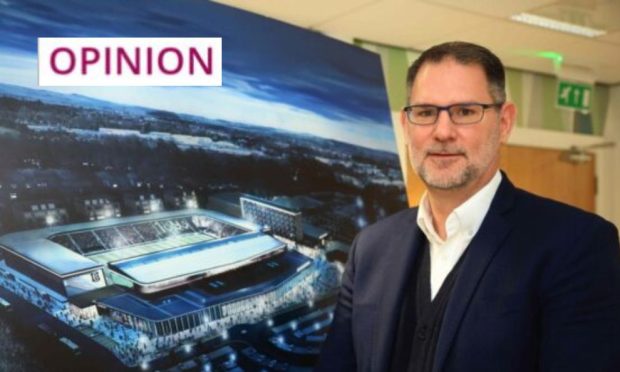
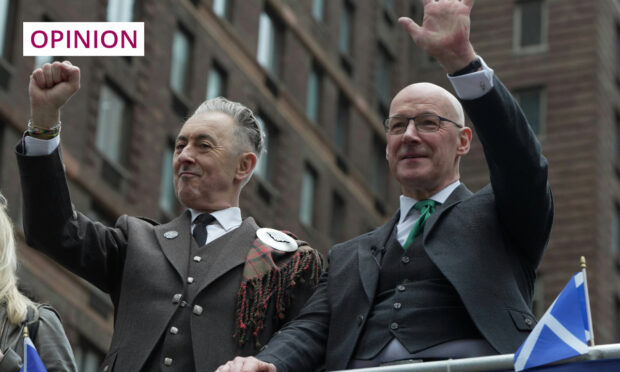
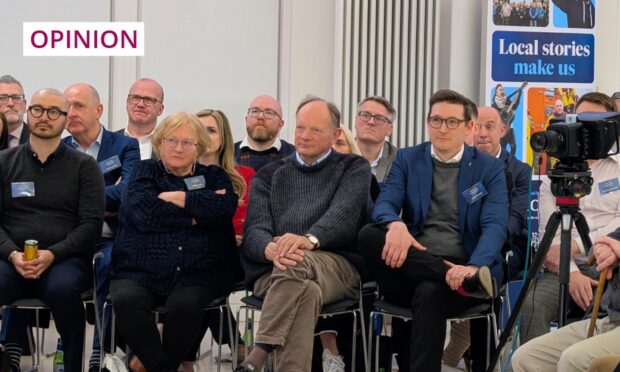
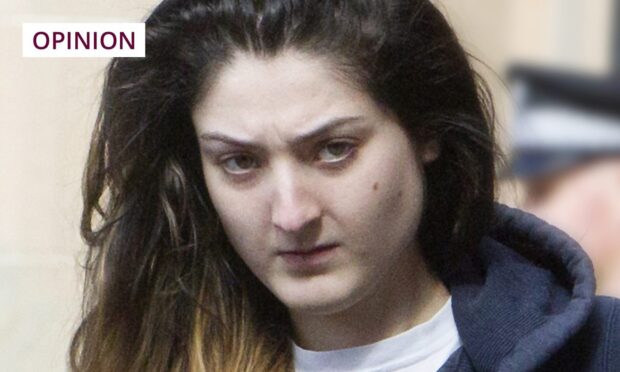
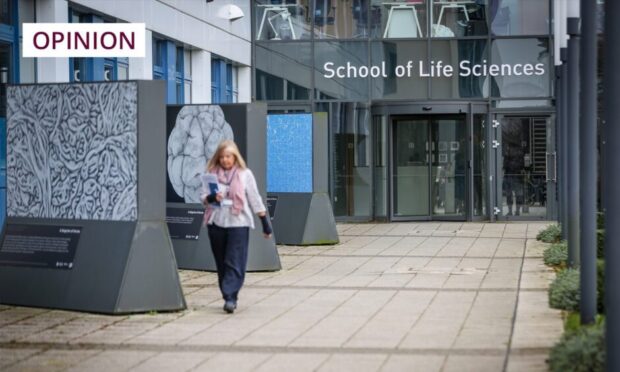
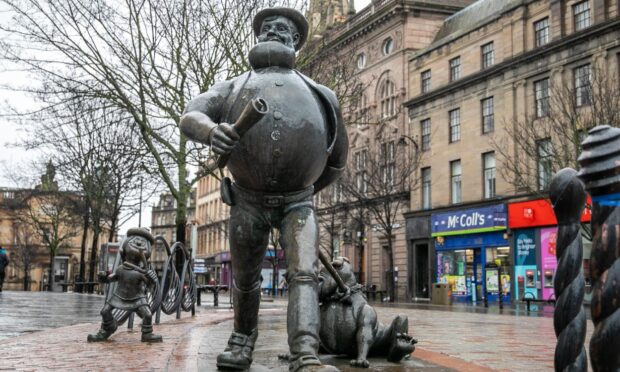

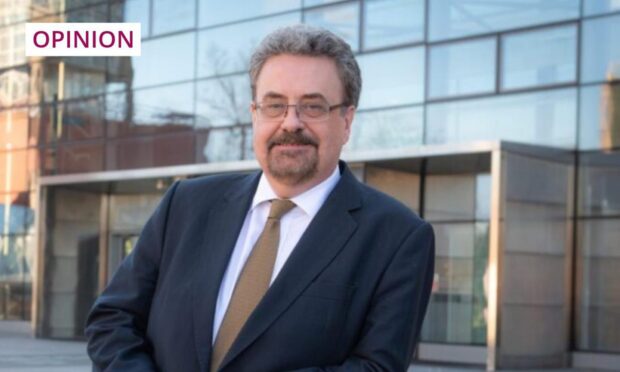
Conversation